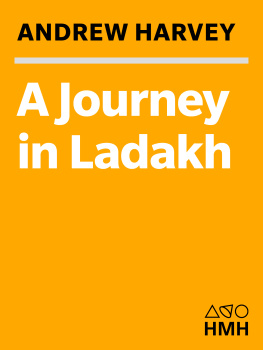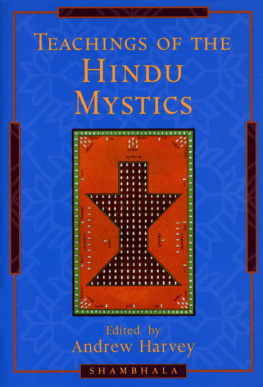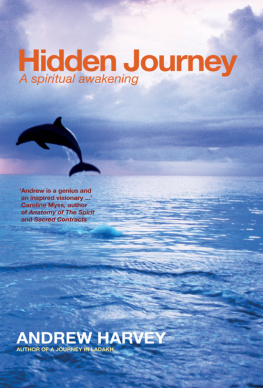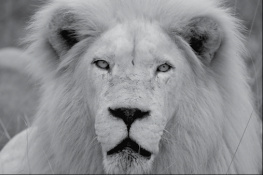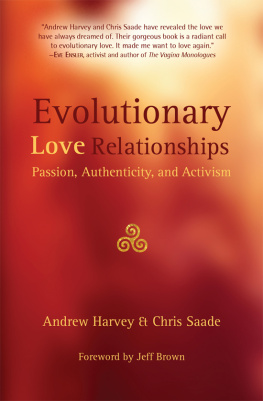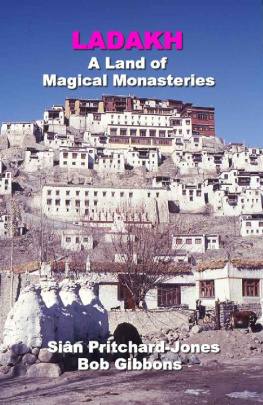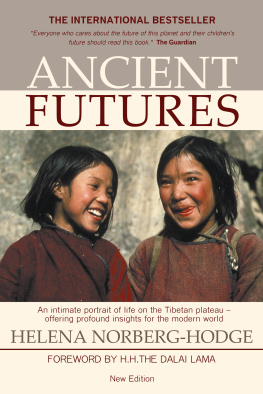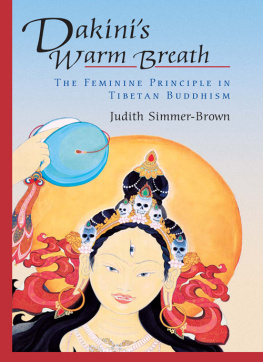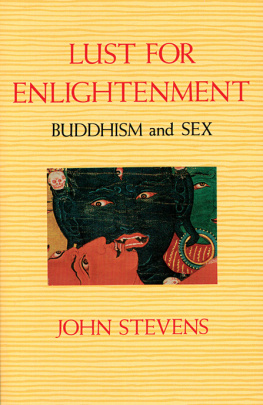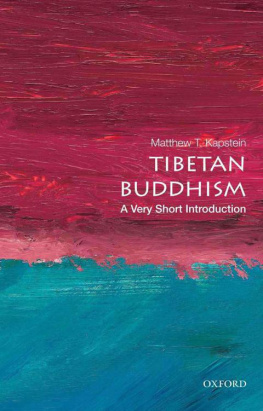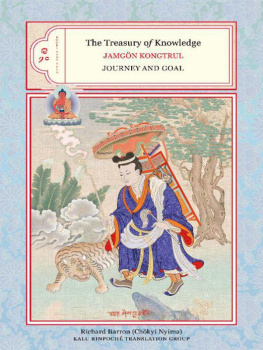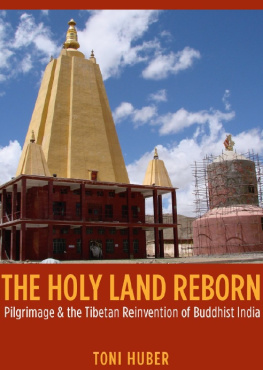First Mariner Books edition 2000
Afterword copyright 2000 by Andrew Harvey
Copyright 1983 by Andrew Harvey
All rights reserved
For information about permission to reproduce selections from this book, write to or to Permissions, Houghton Mifflin Harcourt Publishing Company, 3 Park Avenue, 19th Floor, New York, New York 10016.
www.hmhco.com
Library of Congress Cataloging-in-Publication
data is available.
ISBN 978-0-618-05675-0
e ISBN 978-0-547-52419-1
v2.0216
To Iris Murdoch
Acknowledgments
To Caroline Blackwood.
To my friends Ann Wordsworth, Simonette Strachey, Jim Crenner, Gillon Aitken, Iain McGilchrist, and Eirian Wain, for their help.
To Liz Calder, most encouraging of editors.
To Sally Purcell, for her typing.
To Shambhala Publications for permission to print excerpts from The Hundred Thousand Songs of Milarepa.
To Uwe Gielen, for permission to use one of his photographs.
To Nawang Tsering, of Leh, for his patience with my ignorance.
To the Warden and Fellows of All Souls College.
To the XIIth Gyalwang Drukchen.
To Thuksey Rinpoche, to whom nothing I have written or could write could express what I owe.
I have changed most of the personal names in my account. I have shortened slightly some of the Teachings I was given without, I hope, falsifying them. The Tibetan tradition is one of direct oral transmission and so my account of these Teachings is, necessarily, limited.
Rinpoche is pronounced Rinpochay, with the accent on the first syllable.
The Beginning
I shall never forget the four photographs. They were in the same khaki-coloured encyclopedia that taught me the names of supernovas, the uncanny oddities of the duck-billed platypus, and the colours of the snakes of India. I have seen them in dreams, enlarged and animated, and coloured fantastically; I have searched bookshops on three continents for them, as if they could bring me happiness and good luck. They were photographs of Tibet.
In the first, a man is sitting on a horse looking away at a line of snow-fringed mountains. His shoes are fat, and turned up at the end like Aladdins.
In the second, a priest is sitting on a throne. He has a hat of huge feathers on, bound in bands of thick gold; his feet are wide apart in shoes that the blurred photograph makes seem like puffs of smoke; on his robes you can just make out three twisting fire-breathing dragons.
The third photograph is of the Potala in Lhasa, the palace of the Dalai Lama. To a child growing up on the flat hot Indian plains there could be nothing as extraordinary as this building, climbing up its small mountain and ringed by larger ones; I peopled each of its rooms with magicians and Oracles; each of its ascending levels became the stages of different miracles, of monks sitting in clouds of fragrance and changing at will into diamond or light, of serene and ornate ceremonies with bells and chants and waving coloured silk.
The fourth photograph is the simplest. It is of mountains, a semi-circle of completely snow-covered mountains, enclosing a desert of rock with one man in it and a yak; the man is so still and expressionless he seems another rock. I would stand at the large window of our house in the evening and look out on the shanty town we lived opposite, its rotting roofs and puddles of filth the children played in, all its noise of radios and dogs, and try to build in its place, slowly and painstakingly, that desert and those mountains. Once I succeeded; for an instant, in the middle of a monsoon downpour, there was nothing but rock and snow and a cold wind.
It was when I was up at Oxford in the early 1970s that I became interested in Buddhism. My life was full of confusion and distress of every kind, and I found in Buddhist philosophy a way of thought that enthralled me by its calm and radical analysis of desire, its rejection of all the self-dramatising intensities by which I lived, and its promise of a possible, strong, and unsentimental serenity. I read everything I couldthe Dhammapada, the Heart and Diamond sutras, the books of Conze and Watts and Herrigel, the essays of Suzuki, texts from all the different Buddhist traditions; I talked often of Indian thought with a young tutor of mine who later gave up his academic career to live in an ashram, and whose happy breadth of mind moved and inspired me. It was a long time before any clear picture of what I was looking for even began to emerge; although I read widely I understood little of what I read; I was still too fascinated by the turbulence of my own life to wantor be ableto take on the responsibility of living a philosophy as exacting and un-self-flattering as Buddhism; I found no Teacher and followed no discipline.
In those years of haphazard enthusiasm for Eastern philosophy I had two experiences, both aesthetic, which have lasted in my imagination. In the Ashmolean Museum at Oxford there is a Khmer head of a Buddha; it is small and broken and now rarely on display. While I was an undergraduate it was always to be seen and I would visit it regularly, three or four times a week. What drew me again and again to that face, that smile, those lidded and quietly shining eyes, was the peace that their contemplation gave me, a peace I had rarely found in Western art, that I could love with my mind but lacked in my life, and so needed, I knew, if I was to achieve any spiritual or emotional maturity. How to practise what I had begun to learn from that head I did not know, but I understood that I would one day have to, or wither in the bitterness and solitude of my life.
In the summer after I took Schools, when I was living in Oxford, there was an exhibition of Japanese and Chinese paintings by Buddhist masters in the Ashmolean, a small exhibition of which I can remember now only one painting. It was of a butterfly about to alight on an open flower. I came back every afternoon for three weeks to stand before it. Slowly I realised that what moved me was not merely the dazzling and delicate artistry of the work, but the attitude of clear joy, of tender, precise and unselfconscious wonder at things, that had created it. That wonder and unselfconsciousness were so far from anything I felt, and so excluded from any of the poetry I was writing, that I was amazed at them and frightened at the lacks and absences they exposed in myself. I realised as I contemplated that painting that its power was the reward of many years of spiritual discipline; I did not feel fit, at twenty-one, for that discipline, or know, in any sense, what it might entail.
In the turmoil of the years that followed, fragments of my reading in the Buddhist scriptures and my glimpses of Buddhist awareness through the Khmer head and the painting of the butterfly would surface in my mind to remind me of what I had left unexamined and unlived. At twenty-five I decided to leave Oxford and return to India for a year. I felt frustrated by my life and the limitations of my poetry, its obsession with irony and suffering, its largely unremitting anger and hopelessness; I wanted, at last, to explore the world of Indian art and thought without any possibility of distraction. The project I set myself was to study Buddhism in all its forms and places. I never completed the project; but a growing involvement with it and with the new forms of thought and understanding that it uncovered has taken me, since 1976, to many of the Buddhist shrines, in or around India, to Sri Lanka and Nepal, to Sarnath and Bodhgaya, Ajanta and Ellora, to Sanchi, and, eventually, in 1981, to Ladakh, one of the last places on earth, with Sikkim and Bhutan, where a Tibetan Buddhist society can be experienced.
I went to Ladakh because I was going to Nepal. I found out about Ladakh because I wanted to go to Nepal. It was in January 1978. I was in India for the winter. I was in Delhi and looking for a travel agency a friend had told me would help me trek in Nepal the next summer. Eventually, through endless side-streets, swerving phut-phuts, klaxons, bullock carts, I found it. It was a tiny, untidy room with peeling walls and two old tattered posters of the Himalayas, at the back of an office block.
Next page
